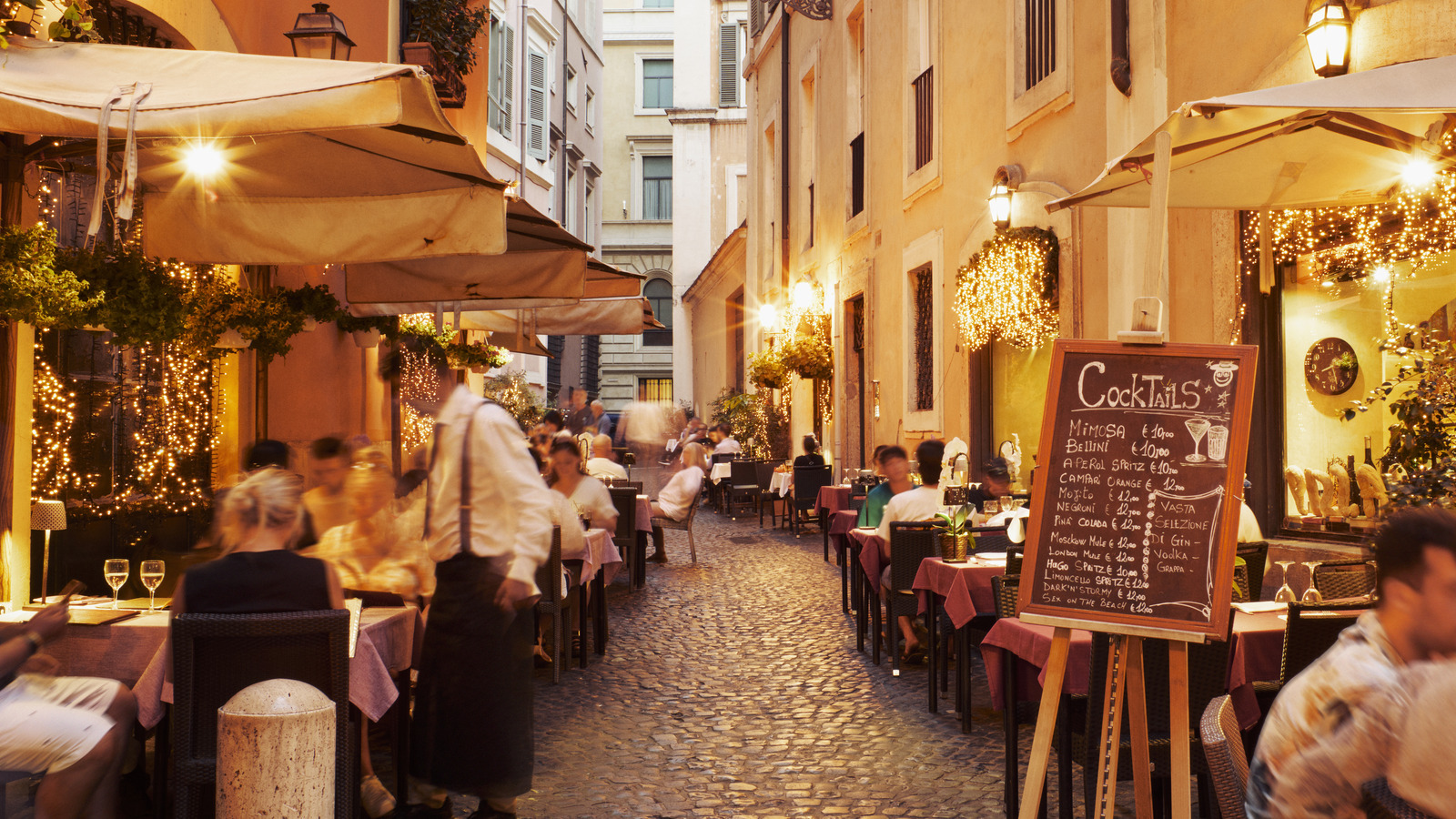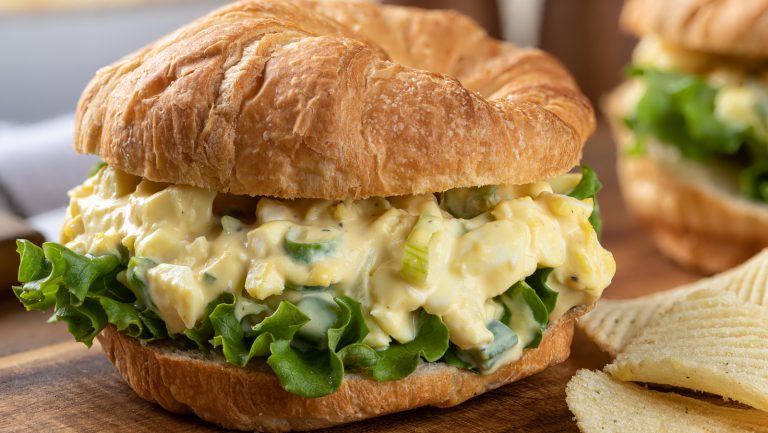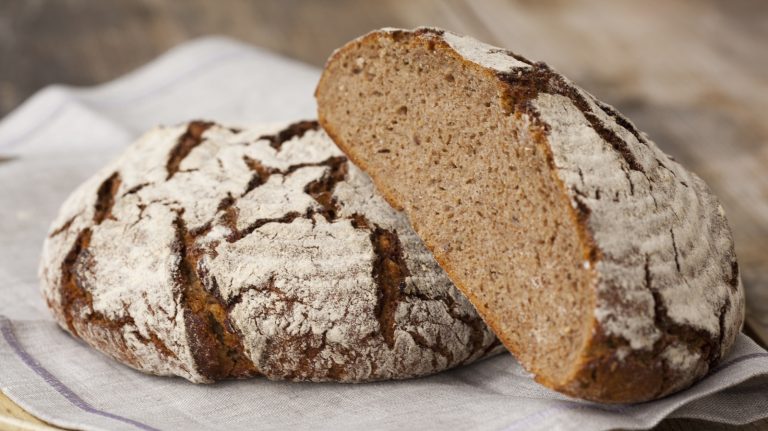There’s nothing quite like the excitement of going on vacation and the dream of all the amazing meals and experiences you’ll have there. For many foodies, eating good food and discovering a new cuisine is perhaps one of the main reasons we love to travel. It’s so important to our trip that we spend a good chunk of time doing research on the best places to dine. Of course, it’s not always easy to know which restaurants are worth visiting. You’re in a new environment that may be completely foreign to you, and you don’t know how to tell what’s good and what’s not. This is often why people make the mistake of dining at “tourist trap” restaurants.
These restaurants are often located in tourist hotspots, the menus are in English, and their servers speak English. They’re also usually nicely decorated. It makes sense why people would be attracted to them. The downside is that the food is likely to be mediocre while simultaneously being overpriced. Don’t despair, though, as there are plenty of tools and resources you can use to help you find great places to eat. As a travel and food writer, I’ve spent years learning (sometimes from terrible experiences) how to find good food while travelling. There’s a method out there for every type of traveller, whether you like to pre-plan everything or be more spontaneous. Here are some tips for finding the perfect restaurant on vacation.
Look through the airline magazine on your flight
In today’s world, where everything is digital and online, it may seem really old school to look at your in-flight magazine for restaurant tips. Especially for younger people, this may even be a completely foreign concept. However, for the airlines that still run print magazines, it can be a useful resource for information about your destination, and is a great place to find restaurant recommendations. Airline magazines often have travel writers or local contributors who have visited unique or special food spots, chefs, or even happening food districts that have been vetted enough to get featured.
An in-flight magazine can also help you get insights about the food culture of the place you are visiting, so that you’re better informed before you even land. There might even be a little interview with the restaurateurs, or the writer’s own review of the place. Reading a short feature about a restaurant before you visit it can also help you connect to the place you’re about to visit and get you excited. In a world of endless restaurant lists and reviews, it can be incredibly useful to dig a little deeper into a specific spotlighted place that you could have missed otherwise. Plus, it’s one way to pass the time on the flight. So open up those glossy pages and get reading.
Use Google Maps
People may not immediately think a “maps” app can help you find good restaurants, but it’s one of the most useful resources that I’ve found while travelling. Especially if you haven’t spent ages doing prior research, it can help you find a place on the spot in no time. There are plenty of functions on your Google Maps app that help you to search for restaurants in your area, or in an area you may be heading to, by cuisine, type of meal (like brunch, dinner, dessert), and price point. You can input all sorts of filters into your search, like the level of star rating a place has, opening time, and price level. In my experience, this has been one of the most effective tools to help me find good restaurants that locals eat at, in any neighbourhood of a city or town.
You can scroll through photos that diners have taken there, and read their reviews. You can also search for the most recent reviews to find updated reviews of people who may have visited a restaurant in the weeks or days before. Best of all, using Google Maps will take it one step further and do what it’s intended to do: give you directions and the best modes of public transport to get you there.
Get a guide book
If you really want a one-stop resource for all your restaurant and dining needs, it’s a good idea to invest in a guidebook. You can often find country- or even city-specific guidebooks in any mainstream bookstore. These are thorough explorations of the chosen destination, including maps, information on transport, hotels, activities, and emergency numbers. Most importantly for us food enthusiasts, they are packed with information about restaurants, cafes, food markets, and more.
Guidebooks are written by local experts who know exactly what visitors look for when it comes to restaurants. They offer insights you may not have known that help you understand the local food scene and culture, and they often will have all the answers to any questions that may arise. They’ve sifted through the lists and have gone deeper than just hype. Plus, they give you options for every budget, and even the contact info of restaurants, so you can make your reservations with ease.
Find local food influencers on social media
Social media is full of valuable information if you know what to look for and how to search. Chances are that if you’ve booked your trip or searched the internet in any way about your destination, it’s likely that your social media algorithm will pick that up automatically and start showing you or advertising to you content related to that place. While it may be exciting to bookmark every restaurant that comes up, it’s not a guarantee that it’s worth a visit. Perhaps their marketing skills are better than their food! However, if you find local food influencers or food guides on social media, they can give you plenty of ideas about where to eat.
Food influencers are often paid to go eat somewhere and might not always say their true thoughts about the place that’s paying them. However, you may really connect with an influencer’s content in a more personal way, and find that they are giving their authentic recommendations rather than advertising to you. Naturally, you’ll need to use some discernment and get a sense of the place outside of that influencer’s page. Even if they’re doing sponsored posts, that doesn’t mean their recommendations are useless. You can still get ideas from them and hear about new restaurants opening. This can be a good way to start compiling a list of places to research and read other reviews about.
Take a food tour
For folks who like to plan their vacation itinerary and choose things to do and see in advance, it’s an almost natural skill to find good restaurants. However, not everyone is capable of that. If you can’t be bothered to spend hours sifting through reviews, lists, ratings, and all the small decisions needed to pick the right restaurants, there’s still hope for you. One way is to book a food tour or two early on in your trip. There are all types of food tours in almost any popular destination you can think of. They take you around to try some of the must-try eats, and help you get a lay of the (food) land.
The best food tours have knowledgeable tour guides who want to set you up for success on your trip. They not only give you a rough overview of the type of food that defines the area you’re in, but they should also give you a few insights into the hidden gems, off the beaten path. They should also teach you about the cultural norms, and give you a little intro into the polite ways to order and ask for help. Usually, you have small bites at various places, and if you like a place, then you can go back there for a whole meal. I like to do a food tour on my first day of a trip. This way I get a brief introduction to the food scene and can retrace my steps to any restaurant I particularly loved.
Ask the people you meet on your trip
Once you arrive at your destination, take any opportunity you can to ask people for recommendations. This is an easy one for all the extroverts out there who probably do this without thinking. For more shy people, it can be a challenge, but the reward is absolutely worth the temporary discomfort. The easiest place to start is your hotel concierge, the assistant at your hostel, or the owner of your guesthouse. If you’re staying in an Airbnb, ask your host! It’s part of their job to give you advice, and they tend to have the best places to recommend. They’re not only locals, but they also probably get asked for recommendations all the time and have a list of places ready.
Don’t stop at asking just one person, though, as you’ll be better off the more information you have. Don’t hesitate to ask an Uber or taxi driver, shop assistants, the server of your restaurant, or even just approachable people you come across on the street. Additionally, don’t think that you only have to ask locals. If you’re on a tour with other tourists, ask them what they’ve tried and what they liked. There’s a chance people have been there for longer than you and have positive (or negative) experiences to share that could be helpful to you. I’ve found some of the best restaurants by asking other tourists for advice. Sometimes they’ve done better research than I have and are more than happy to share.
Get the right apps on your phone
Your phone may already have too many apps, but get ready to add a couple more. There are plenty of helpful apps to use while on vacation, specifically for the purpose of finding the perfect restaurant. While location will influence which apps you can and should use, some common ones to have a look through include Mapstr, The Fork, Tripadvisor, or Resy. Many of these apps will have ranked lists of restaurants in the area you’re searching for, and have users’ reviews of them, which can help you decide if a restaurant is what you’re looking for. The best part is that much of the content on these apps has been filled in by visitors and customers just like you. And with certain ones like Mapstr, for example, there are plenty of locals who use it to save good restaurants.
These apps will also have other helpful information like a restaurant’s contact info and even the menu. Take note that menus can change, and unless the information on the app has been very recently updated, items and even prices can change. Another thing to keep in mind is that some restaurants have seasonal menus or constantly changing tasting menus, so don’t be surprised if the menu you find in a restaurant differs from what you see on an app. In my experience using The Fork or Resy, you can make a reservation directly from the app, and sometimes you can even find discounts or specials to benefit from.
Walk beyond the tourist hot spots
It can seem like the most perfect dream to have dinner in Paris with the perfect view of the Eiffel Tower, or breakfast in front of the Trevi Fountain in Rome. Unfortunately, this simply isn’t as easy to accomplish and have a good meal at the same time. Sadly, restaurants right by famous sights, landmarks, and beautiful monuments are exactly where you should avoid. In these areas, your chances of eating at a tourist trap are incredibly high. A bad meal can feel like such a waste of money and the missed opportunity of a delicious discovery. So you’ll be paying for the location of the restaurant and not for good food (or even service for the most part).
You don’t have to plan to move huge distances between the sights you want to see and where to eat. Sometimes all it takes is to walk about five or 10 minutes away from the area of the popular attraction. Walk down some side streets, or even just a couple of blocks away, and there will be a significant improvement in restaurant quality.
Don’t be drawn by queues alone, but by people
We’re all curious by nature, and when we see a queue for a restaurant, we always think that we should perhaps try it, too. But take a moment of pause before following the crowd. Nowadays, hype can get people talking more than the actual quality of the food, and it’s possible that people are dying to try the latest trendy pastry or squid ink pasta just because they’ve heard or seen buzz about it.
It isn’t always easy to know what’s behind long queues at an establishment. It may be extremely popular because it’s legitimately good. However, especially when it comes to tourist traps, many of these restaurants may be buzzing and packed with patrons, making you think it’s a sought-after place to eat. But they’re likely full because other tourists are falling into the same “traps” as you, and this “busy-ness” and guaranteed foot traffic mean that the restaurant has no incentive to improve its quality. It may help to see if the people queuing are locals or not, as this can be a good indication of whether a place is decent. If you’re compelled to join a queue, use your time waiting to look up the reviews and see what people have to say about it.
Look for restaurant experiences on Airbnb
Another site you may not have thought of using to find restaurants is Airbnb. Other than accommodations and tours, Airbnb has food experiences that include dining at certain restaurants with a local or other travellers. Organizers of these “experiences” will pick a place, and sometimes even the menu, so that all you have to do is sit back and enjoy the meal and some interesting company.
In my experience, the restaurants I’ve tried on Airbnb experiences have been a delight, and often have felt like a much more “authentic” dining experience than going to really highly rated restaurants that travellers rave about. Usually, it’s a little neighborhood favorite or a family restaurant with its loyal regulars enjoying their meal around us. Other times it’s been fancier places with interesting tasting menus created by a chef I wouldn’t have heard about because they’ve not achieved international acclaim. These are usually the best-kept secrets and feel like you’re part of a special club of visitors who get to experience a truly local gem.
Learn what the restaurant red flags are in your destination
If someone asked you which restaurants to avoid in your city, you’d probably find it quite easy to explain to people what to look out for. It’s probably quite intuitive for you to easily tell the restaurant red flags in your area, or even your country. Some of these red flags may be universal, and it’s pretty easy to know that if a place has signs of poor hygiene or terrible reviews, that it’s not the place to eat, no matter where you are in the world. However, when you’re in a country that is completely new to you, it may become a little harder to differentiate between bad restaurants and a reservation-worthy restaurant.
It’s advisable to try to learn a little about what the signs of a good restaurant are in the destination you’re visiting. Some countries have different types of restaurants that perhaps might look quite different from what you’re accustomed to, but still offer quality and delicious food, albeit with more specific dishes. Certain places I’ve visited have really casual restaurants that turn out to be where to find the tastiest dishes, while others may look fancy but serve bland or inauthentic food. Do a little research and talk to people to get their tips on how to spot a good place. It can be anything from the size of the menu, an inviting smell, or how a place is decorated. All these little tips can help you in finding the perfect restaurant and make your vacation one to remember.





